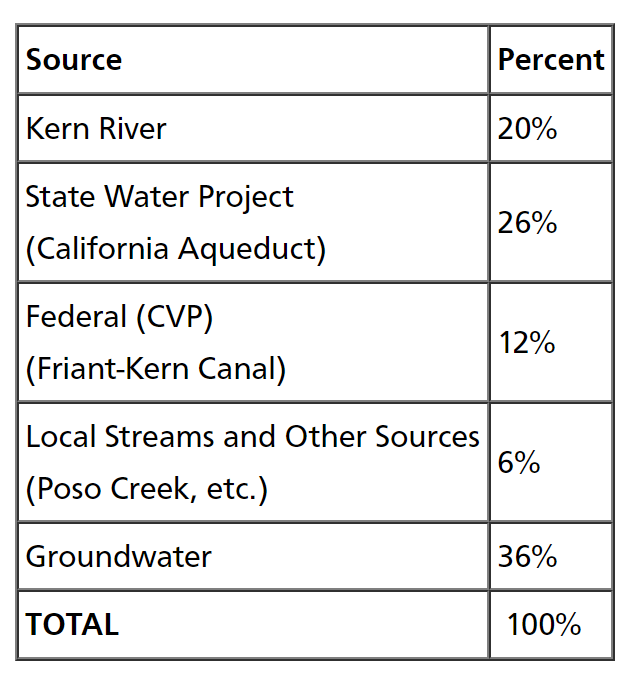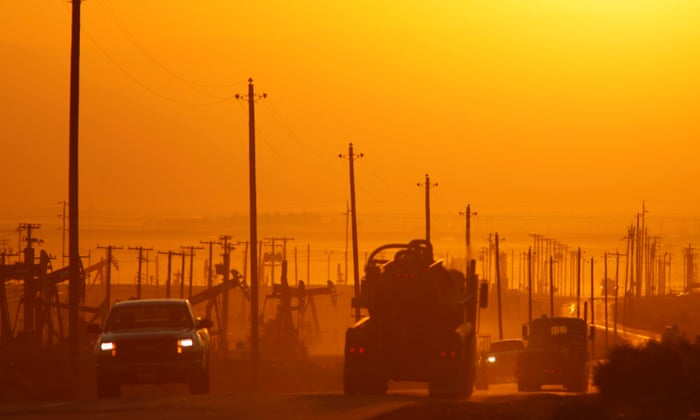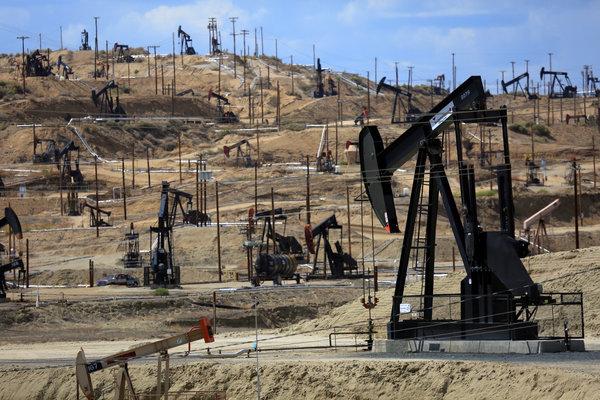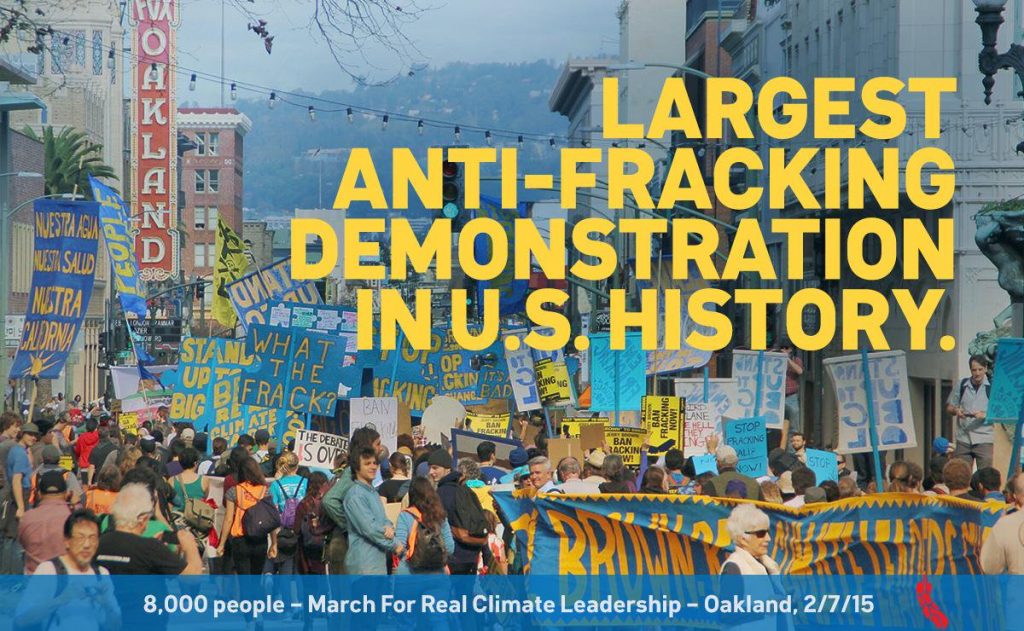What kind of environmental problems could a county that focuses on agriculture and oil production face?
Water
In order to obtain sufficient water for its crops, farmers rely on

Not only is there an overdraft of groundwater, but oil and gas companies have been found to dispose of contaminated water without proper care, leading to groundwater contamination. These spills and leaches from nearby oil drills can have toxins from Nitrate, Lead, Uranium
Agriculture activities such as pesticide spraying, irrigation and fertilizing, confined animal facilities contribute to water pollution by contaminating the water with nutrients, pathogens, pesticides
Residents in the surrounding urban area receive and use this water to which they suffer from it serious health complications such as cardiovascular damage and premature mortality as a result. Additionally, these contaminants have also been linked with health impacts such as miscarriages, birth defects, and cancer.
The following map shows the percentile scores of contaminated water supply in each census tract in Kern County. According to the Office of Environmental Health Hazard Assessment (OEHHA), a percentile score greater than 75 is considered above normal, a score between 25 – 75 is considered normal, and a score less than 25 is below normal .
Air

Not only do benzene and methane from oil production combined with pesticides and exhaust from agriculture to degrade the air quality, hydraulic fracturing or fracking also releases pollutants such as nitrogen oxides and volatile compounds that help to form ground-level Ozone.
Ozone, a particulate matter often called smog, is particularly dangerous as it reacts negatively with lung tissues, attacking them when inhaled.
Bakersfield, Kern County’s central city
The following map shows the percent of residents who suffer from asthma as well as the location and operation year of oil drills. Not only are there thousands of drills in the county, but their proximity to the residential area is concerning– not to mention the innate tendency of noxious gases to spread. We see there is a large concentration of drilling sites in the northern part of Bakersfield that has a high asthma percentile. In the Valley, asthma is technically an epidemic, with one in six children diagnosed with the disease before the age of 18. Due to the area’s mix of pollutants, Bakersfield has consistently ranked as one of the most particle polluted cities in American Lung Association’s rankings.


Farmers and community activists have sought environmental justice in Kern County, their resistance to the overcapacity oil and agricultural production have helped Bakersfield improved in reducing air pollution. In 2015, Kern County activist, father of 2 daughters with asthma, sued California former Governor Jerry Brown for permitting hydraulic fracturing (fracking) in order to extract oil from underground. His effort combined with 8,000 people marched in the largest U.S anti-fracking demonstration in Oakland. The local government of Kern County has done little to protect its constituents when they passed oil and gas zoning amendment that allowed the new well drilling en mass without holding public hearings.
As big oil companies act to ensure their industry interests, they reinforce environmental disparity in Kern County. For instance, Chevron, a part of the Big Oil and Water Association of Kern County sells millions of gallons every day to a local water district that distributes it to farmers growing almonds, pistachios, citrus fruits